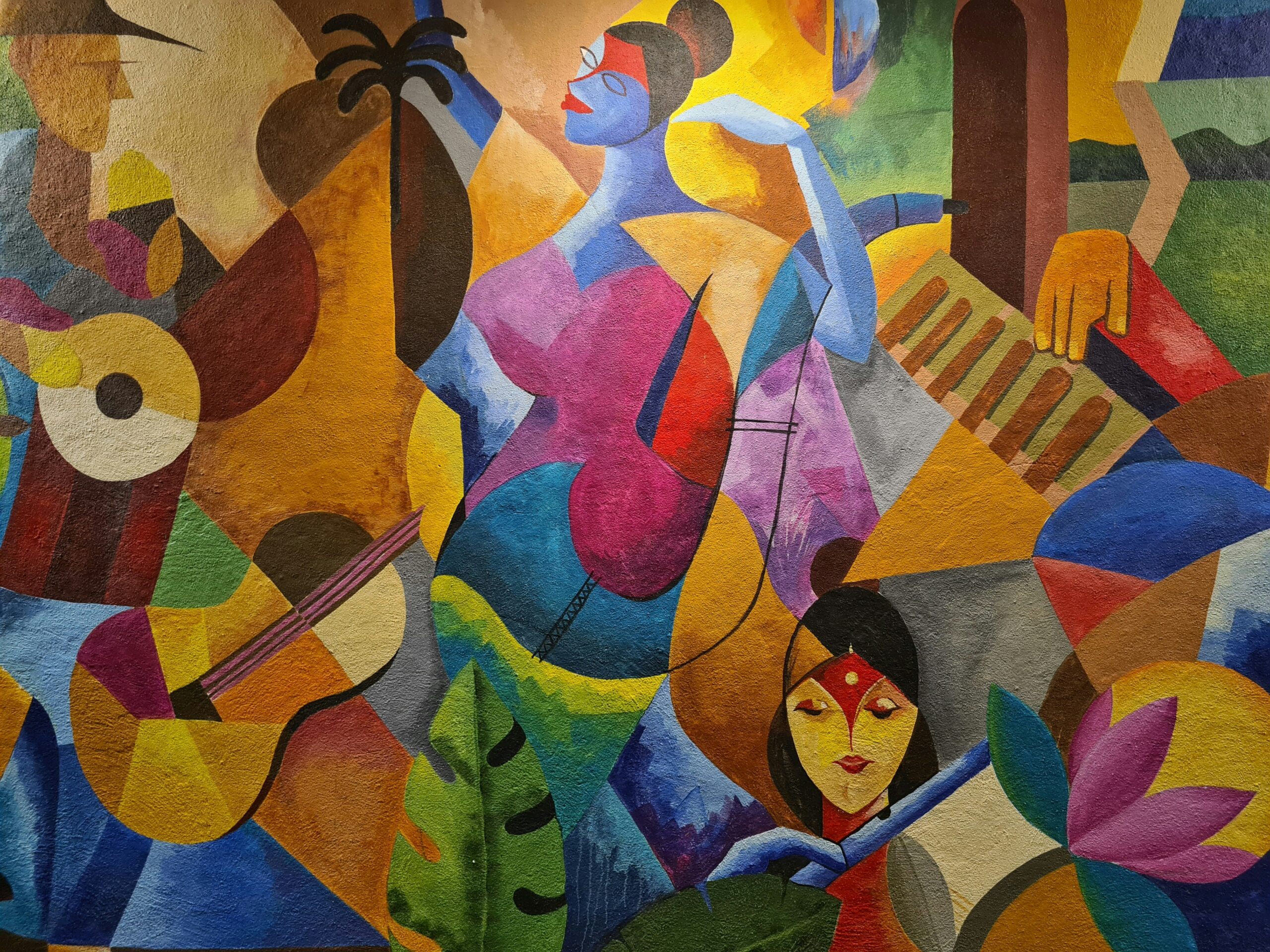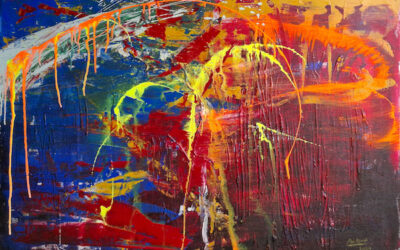Abstract art is often seen as a product of modernity. But in many cultures, abstract forms have long been used as spiritual, philosophical, and even practical symbols. Across the world, traditional art proves that abstraction is not merely a style — it is a worldview.
1. Abstraction Is Not a Modern Invention
Many people associate abstract art with 20th-century Western artists.
But long before that, indigenous cultures in Africa, Asia, and the Americas had created abstract forms through patterns, motifs, and symbols.
For instance:
The geometric weaves of the Asmat tribe in Papua
Spiral lines in Navajo sand paintings
Arabic calligraphy that forms visual compositions beyond mere words
These are not attempts to obscure meaning — but to deepen it.
2. Symbols That Speak Without Words
In traditional art, abstract symbols serve as a visual language.
They carry messages of spirituality, ancestral wisdom, and moral values — without literal storytelling.
Examples include:
The “parang” motif in Javanese batik, symbolizing courage and resilience
Dayak wood carvings using abstract forms of hornbills or protective circles
Buddhist mandalas where symmetry reflects the structure of the cosmos
Engaging with these works is more than appreciating beauty — it’s a form of cultural reading.
3. Simplicity Filled With Meaning
One of the strengths of traditional abstract art lies in its simplicity.
But this simplicity is not emptiness.
Flowing lines, repeating shapes, or dotted forms often reflect complex ideas:
The balance between humans and nature
Harmony of body, mind, and soul
The cycles of life and death
Abstraction doesn’t dilute meaning — it expands it.
4. When Tradition Meets New Interpretation
Today, many contemporary artists revisit the roots of traditional abstraction.
They don’t just replicate the forms — they dive into the cultural context to give it renewed life.
Examples:
Modern painters incorporating traditional textile patterns into new compositions
Visual artists combining ancient calligraphy with digital tools
Illustrators crafting new symbols inspired by local mythologies
Through this, tradition isn’t static — it becomes part of a living, evolving dialogue.
5. The Challenge of Interpretation
Despite its richness, traditional abstraction is often overlooked by wider audiences.
Some may find it “distant” or “confusing” simply because it doesn’t offer a literal image.
That’s where visual education and cultural context become essential.
As artists and viewers, we are invited to be more patient and open when facing unfamiliar forms.
Abstract art isn’t meant to be instantly understood — but deeply experienced.
6. What Can We Learn From Traditional Abstraction?
Traditional abstract art reminds us that beauty doesn’t always reside in realism.
There is meaning in simplicity, contrast, repetition, and rhythm.
More importantly, it teaches us that art can be:
A spiritual medium
A reminder of cultural identity
A timeless form of non-verbal communication
Conclusion
Traditional abstract art is not a forgotten legacy.
It is a source of timeless insight and emotional connection.
Through its symbols and patterns, it invites us into an unseen world — rich with wisdom and meaning.
In the end, art is not just about what we see. It’s about what we feel — and how we connect with something greater than ourselves.




